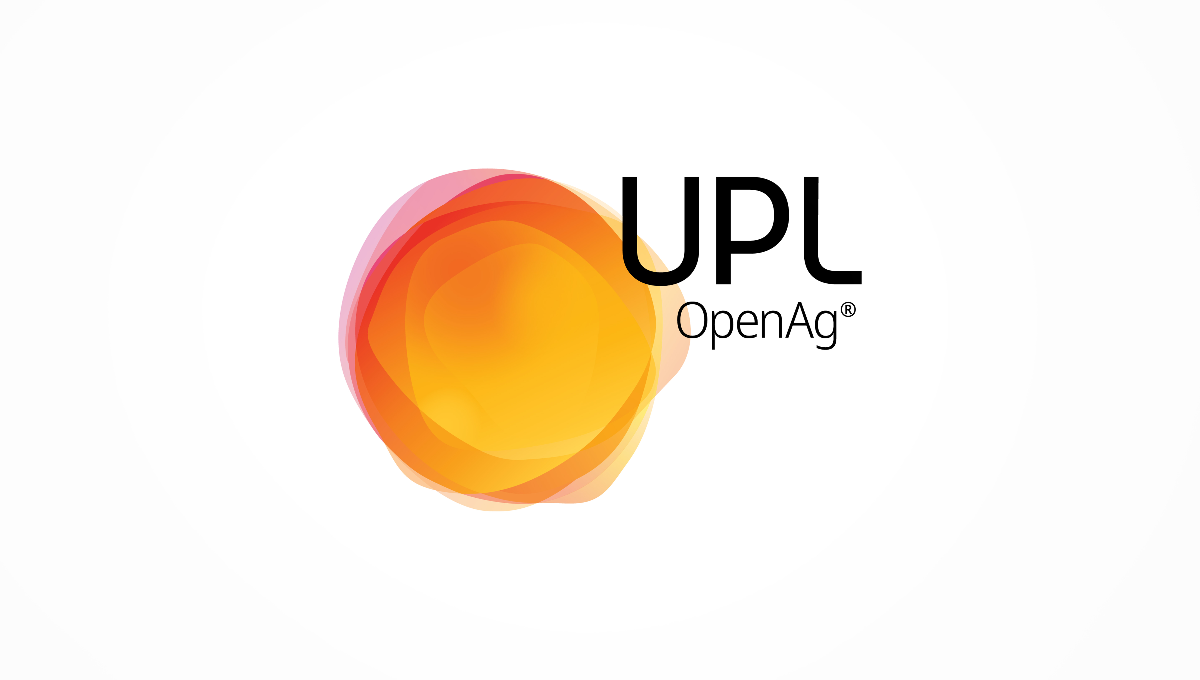With a business footprint spanning 138 countries, UPL goes beyond energy conversation to practice energy conservation, walking the talk when it comes to the environment.
Sustainability is one of the core values of UPL. As our responsibility to the environment, we take a multi-faceted approach towards minimizing the environmental footprint and our policies and practices on energy conservation are a key component in this area. From utilizing our energy sources efficiently to reducing our carbon emissions and waste, we practice energy efficiency every step of the way.
Why Energy Conservation Matters
Global warming is one of the leading issues that our world is facing collectively. We are all seeing the mounting challenges of climate change with rising temperatures, changes in frequencies of droughts and floods, and modified weather patterns being just a few of them.
With UPL's business footprint spanning 138 countries, we take active steps to contribute to global climate action. Energy consumption and emissions of greenhouse gases (GHG) directly contribute to global warming. In our efforts to contribute to the 2° Celsius vision of the Paris Agreement, UPL is committed to ensuring the conservation of energy and decarbonizing our operations to reduce our carbon footprint at the operational and supply chain level.
UPL’s Energy Cell
At UPL, we have a highly-skilled Environment, Health and Safety (EHS) team that focuses on our environmental goals. Board members and representatives of the EHS team form a sustainability committee, enabling our top management to actively participate in our environmental policies. But our dedication to energy conversation required a more concentrated approach. This is why we created a team focused on resource conservation - the energy cell.
The core objectives of our energy cell are:
To integrate, deploy, and synergize energy initiatives for improving and sustaining energy & water consumption
To drive energy policy across the global supply chain and new projects
Our energy cell has two strategies for efficient energy management to reach these objectives - changing the energy mix and reducing specific energy consumption. We have established protocols and standard operating procedures through which we perform analysis of theoretical consumption, gap analysis studies, temperature profiling, energy bill analysis, process heat integration, heat recovery and the adoption of the best technologies available for the process.
Initiatives
Combined heat and power (cogeneration)
We have installed 2 back pressure turbines in parallel with steam pressure reducing valve which generates electric power as well as providing required steam with set pressure.
Energy savings: 11,575 GJ
Reduction in carbon emissions: 2,367 tCO2
Cooling Technology
We have used low-grade utility for cooling instead of existing high-grade heat with modification in the heat exchanger, which lead to power saving.
Energy savings: 1,156 GJ
Reduction in carbon emissions: 263 tCO2
Machine/Equipment Replacement
We have provided a new air compressor for power saving, a common evaporative compressor for refrigeration cycle in the chiller which reduces power consumption. We have also Installed energy-efficient cooling tower fans which delivers the same airflow at low power consumption and installation of pressure reducing valve in the Multi Effect Evaporator (MEE) plant to
improve steam quality.
Energy savings: 5,912 GJ
Reduction in carbon emissions: 959 tCO2
Process Optimization
We have implemented projects which lead to steam and power saving by process optimization. These include
Improving pump performance by an inner coating which improves pump efficiency, optimizing pump operation and eliminating pump operation by utilizing gravitational head
Improving chilling in-process and chiller efficiency by refrigerant additive and heat exchanger inline automatic cleaning
Energy savings: 15,340 GJ
Reduction in carbon emissions: 2,738 tCO2
Waste Heat Recovery
We have implemented projects which lead to steam and water saving by recovering heat from process heat and steam condensate. This initiative saw the biggest savings in energy and reduction in emissions. This included:
Recovering clean condensate and heat by direct method and through condensate polishing Unit.
Recovering Boiler blowdown flash which was venting to the atmosphere.
Recovering process steam condensate flash steam through variable area thermo-compressor.
Recovering heat from process flash steam for air preheating and process feed preheating
Recovering heat from process exothermic reaction to preheat boiler demineralized water.
Energy savings: 231,157 GJ
Reduction in carbon emissions: 21,671 tCO2
Knowing the total energy and reduction in carbon emissions was made possible due to monitoring systems we have installed at every location that capture our daily consumption, helping us track trends over time and identify areas where we can improve. During the reporting period, we were able to save 265,141 GJ of energy and 28,268 tCO2 of carbon emissions through our initiatives.
Alternative Energy Sources
In addition to our operational initiatives, we are also committed to using more environmentally-friendly energy sources. For FY 2019-20, we utilized electricity generated through wind and solar, with the total coming to 26,771 MWh. 17% of our power comes from renewable sources in two of our largest manufacturing plants. Our natural gas consumption has increased along with investment in renewable sources of energy. We have also signed a power purchase agreement with renewable energy providers to reduce our reliance on non-renewable sources.
Dedicated To A Better Future
UPL is committed to continuously improving our energy efficiency that goes beyond meeting legislations. Our energy cell continues to explore cutting-edge technologies and finding ways to implement them in our operations to reduce the consumption of electrical, thermal, and water resources to reduce our environmental impact for a better future of the planet.
